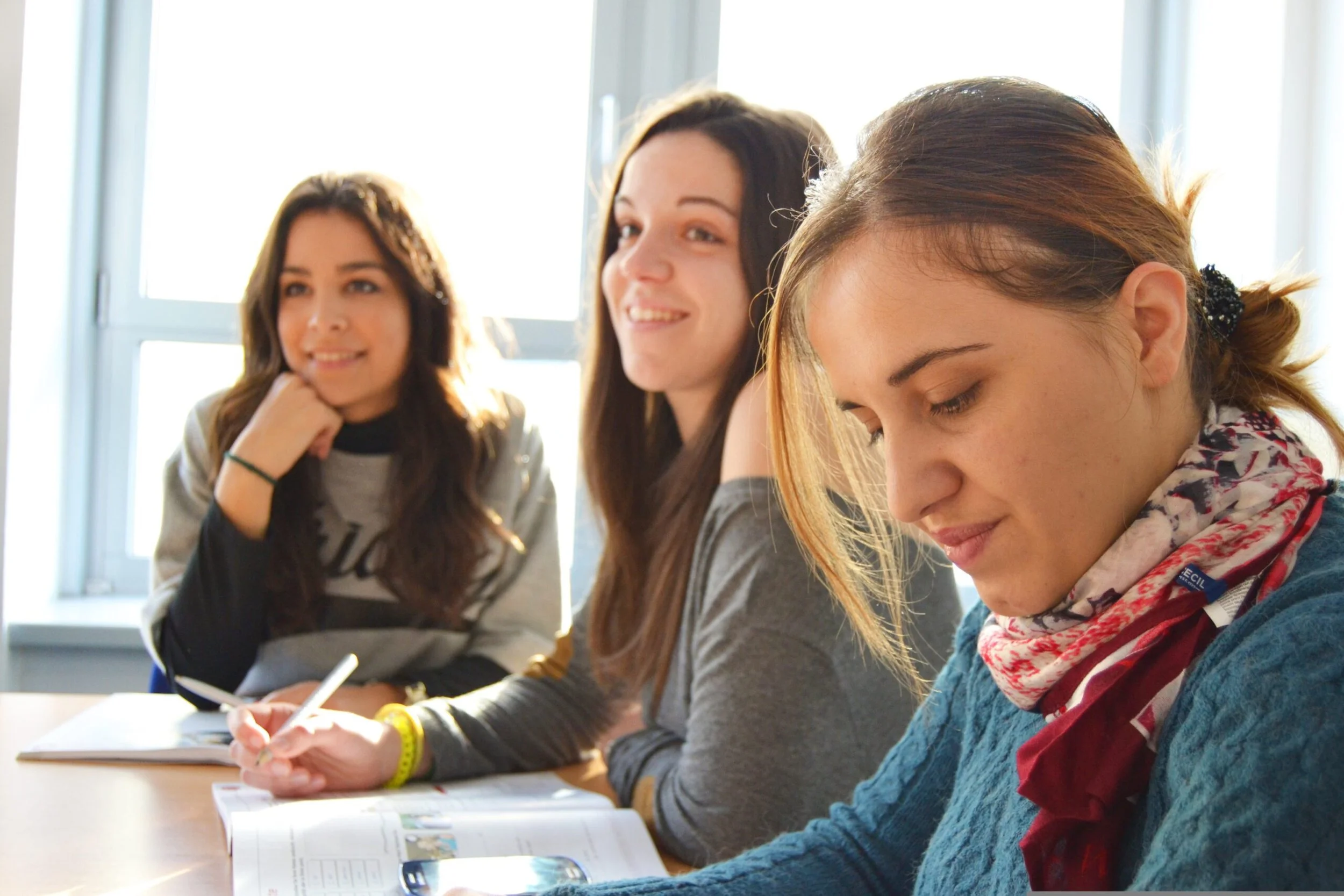Fostering a Culture of Creativity in Organizations
Creativity is a powerful asset, especially in today’s business landscape. Organizations that cultivate a culture of innovation and encourage creative thinking are better positioned to adapt, thrive, and lead. In this article, we explore strategies for fostering creativity within teams and workplaces. 1.Psychological Safety Psychological safety is the foundation of a creative environment. When team members feel safe to express their ideas without fear of judgment or reprisal, they are more likely to contribute innovative solutions. Here’s how to promote psychological safety:
- Open Communication: Encourage open dialogue. Create spaces where employees can share their thoughts, ask questions, and challenge assumptions.
- Lead by Example: Leaders should demonstrate vulnerability and admit mistakes. This sets the tone for others to do the same.
- Feedback Culture: Constructive feedback should be welcomed and appreciated. It helps refine ideas and encourages growth.
2.Recognition and Rewards Acknowledging and celebrating creativity reinforces its value. Consider the following approaches:
- Celebrate Small Wins: Recognize creative efforts, even if they don’t lead to major breakthroughs. Celebrate incremental progress.
- Incentives: Implement rewards for innovative ideas. This could be monetary bonuses, extra time off, or public recognition.
- Storytelling: Share success stories related to creativity. Highlight how innovative thinking positively impacted the organization.
3.Divergent Thinking Encourage your team to think beyond the obvious. Divergent thinking involves exploring multiple solutions, even unconventional ones. Here’s how to foster it:
- Brainstorming Sessions: Regular brainstorming sessions allow team members to generate ideas freely. Encourage wild ideas, don't just think outside the box, throw away the box.
- Cross-Disciplinary Collaboration: Bring together individuals from different backgrounds and expertise areas. Their diverse perspectives can lead to novel solutions.
- Creativity Exercises: Use techniques like mind mapping, lateral thinking, and random word association to stimulate creativity.
4.Physical Environment The workplace environment significantly impacts creativity. Consider the following:
- Flexible Spaces: Design work-spaces that allow for collaboration, quiet reflection, and movement. Variety inspires fresh thinking.
- Natural Light and Greenery: Exposure to natural elements enhances creativity. Incorporate plants, large windows, and outdoor spaces.
- Inspiring Artifacts: Display art, quotes, and artifacts that ignite creativity. These serve as visual reminders of the organization’s commitment to innovation.
Fostering creativity is an ongoing process. It requires leadership support, consistent effort, and a genuine belief in the power of innovative thinking. By implementing these strategies, organizations can create a culture where creativity thrives, leading to better problem-solving, increased productivity, and a competitive edge. Don’t forget, creativity is not a luxury it’s a necessity for long-term success.
